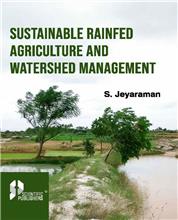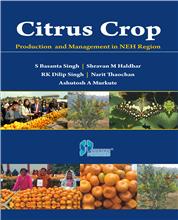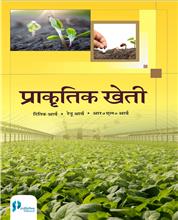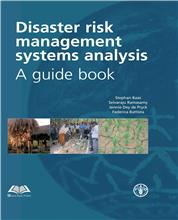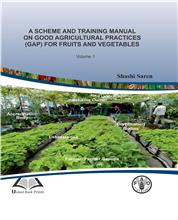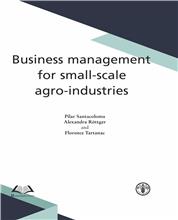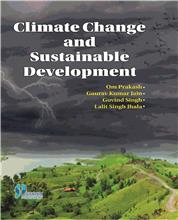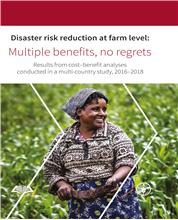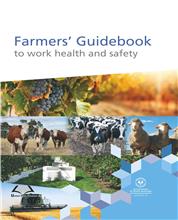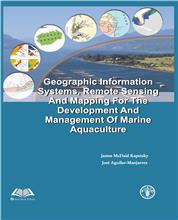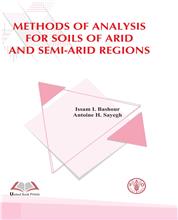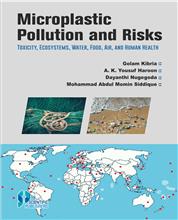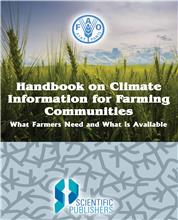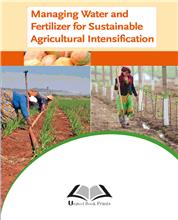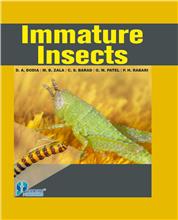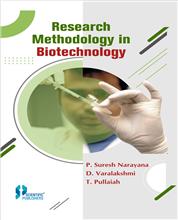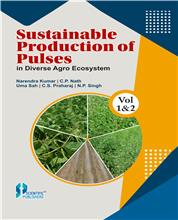1. History of tea in India………Brajinder Singh and R.K. Sud
Introduction
Tea in Assam
Tea in Darjeeling
Tea in South India
Tea in Uttarakhand
Tea in Kangra valley
2. Genetic improvement of tea…..S. Singh, Ashok Kumar, S. Karthigeyan and P.S. Ahuja
Introduction
Origin and distribution
Germplasm resources and conservation
Problems of tea production and breeding
Breeding objectives
Inheritance of yield and quality traits
Breeding approaches for genetic improvement of tea
Future strategies
3. Tea applied genomics: utilizing genetic variability and current genomic tools to enhance productivity. …..R.K. Sharma, Pankaj Bhardwaj, Rahul Kumar, Himanshu Sharma and P.S. Ahuja
Background
Population and genetic diversity
Assessment of gene flow among the gobal tea cultyivations other than centre of origin
DNA fingerprints for unique identification
Establishment of genetic uniformity
SSR marker development
Genome mapping and quantitative trait loci (QTLs) mapping
Opportunities and prospects
4. Plant propagation…..R.K. Sud
Introduction
Requirements
Nursery structure
Vegetative propagation
Raising seedlings
Centring of nursery plants
Raising grafted plants
5. Tea seed and its biology…..Amita Bhattacharya, R.K. Ogra, Om Prakash and R.S. Shekhawat
Introduction
Biclonal and polyclonal seeds
Flowering and pollination
Fruit and seed development
Seed bearing pattern
Seed morphology
Germination
Physiology of tea seeds
Storage
Uses
6. Young tea management……R.D. Singh
Young tea raising
Mulching
Intercropping in young tea
Root growth in young tea
Tillage
Water requirement
7. Tea pruning……R.K. Sud
Definition and importance
Objectives of pruning
Types of pruning
Types of skiffing
Level and time of pruning and skiffing
Pre-requisites for pruning
Pruning and biochemical changes
Pruning and hormones
Pest infestation in relation to pruning
Post pruning care
Pruning cycle
Other management practices during pruning season
Development of unproductive and abandoned tea plantations
Future area of work
8. Tea plucking…..R.K. Sud
Definition and importance
Basics of plucking
Tipping
Shoot growth and crop distribution
Systems of plucking
Standards of plucking
Plucking interval
Management of different flushes in kangra
Yield vs quality
Harvesting quality crop
Future lines of work
9. Mechanization in tea…..K.K. Singh
Introduction
Engine operated sprayers
Aeroplanes and helicopter sprayer
Tea plucking machine
Shear harvesting
Motorized harvesting can be classified as follows
Self –propelled machines
Mechanization of pruning
Mechanical up rooting of tea
Bio-composting
10. Plant nutrition….R.D. Singh
Deficiency of important nutrient elements in tea
Use of Fertilizers
Nitrogen
Phosphorus
Potassium
Calcium
Magnesium
Sulphur
Micronutrients
Zinc
Manganese
Copper
Boron
Aluminum
Selenium
Trace elements as chelates
Fertilizer and tea quality
Time of fertilizer application
Method of application
Plant nutrition in young tea
Age of plantation and fertilizer use
Fertilizer use and root growth
Mulching and nutrient uptake
Pruning vs fertilizer levels
Leaf analysis for diagnosis
Importance of soil testing
11. Water management in tea…..K. K. Singh
Introduction
Study of hydrological data
Estimation of crop evapotranspiration
Water management in tea
Irrigation in tea
Water application methods
Drainage in tea
Design discharge of open ditch
Design of open drains
Sub surface drainage
Lay out of drainage system
12. Disease management in tea…..Arvind Gulati and R.K. Sud
Leaf diseases
Stem diseases
Root diseases
Management strategies for primary root disease
13. Managing weeds in tea…..R.D. Singh
Critical period
Reasons for weed infestation in tea
Losses caused due to weeds in tea
Weed management
New herbicides
Quality of water and bioefficacy of herbicide solution
Physical and mechanical methods
Weed biology
Benefits of weeds in tea crop management
Economics of weed management
Suggested cultural practices
14. Insect and mite pests of tea and their management…..Gireesh Nadda, S.G. Eswara Reddy and Adarsh Shanker
Sucking pests
Lepidopteran pests
Coleopteran pests
Mite pests (acarina)
Soil pests
Minor pests
15. Pesticide residues in tea…..Yogesh B. Pakade and Adarsh Shanker
Introduction
Fate of pesticides
Fate of pesticides residue during processing
Fate of pesticides during infusion
Methods for determination of pesticide residues
Mrls in tea and global trade
Conclusions
16. Organic tea farming…...R.D. Singh
Planting material
Manuring
Mulching
Technical efficiency
Scope
17. Plant physiological approaches for enhancing productivity in tea…..S.K. Vats and P.K. Nagar
Introduction
Effect of environmental factors on tea
Dry matter production
Winter dormancy
Dormancy and plant growth regulators
Plant growth regulators for crop improvement
18. Tea biochemistry….Ashu Gulati
Polyphenols
L-theanine (n5-ethyl-glutamine)
Caffeine
Lipids
Biogenesis of aroma during manufacture
Polyphenol oxidase
19. Tea manufacture…..Ashu Gulati
Green tea
Oolong tea
Black tea
Leaf preconditioning machine for withering
Other developments in tea technology
20. Diversified tea products….H.P. Singh, Brajinder Singh and Mahesh Gupta
Tea as major nutraceuticals base
CSIR-IHBT role in developing tea nutraceuticals
Future trends
21. Some recent innovations in tea biotechnology…..Anil Sood, Madhu Sharma, Amita Bhattacharya, Sanjay Kumar, R.K. Sharma, P.K. Nagar, Om Prakash and P.S. Ahuja
Introduction
Tea glutamine synthetase: gene isolation, characterization and exploration
Molecular diagnostics using DNA markers
Physiological and molecular basis of winter dormancy
Response of tea to drought
Molecular basis of catechin biosynthesis in tea
Tea micropropagation
Rooting, hardening and field transfer of tissue culture raised plants
Somatic embryogenesis
Synthetic seeds
Tea transgenics
Conclusion


